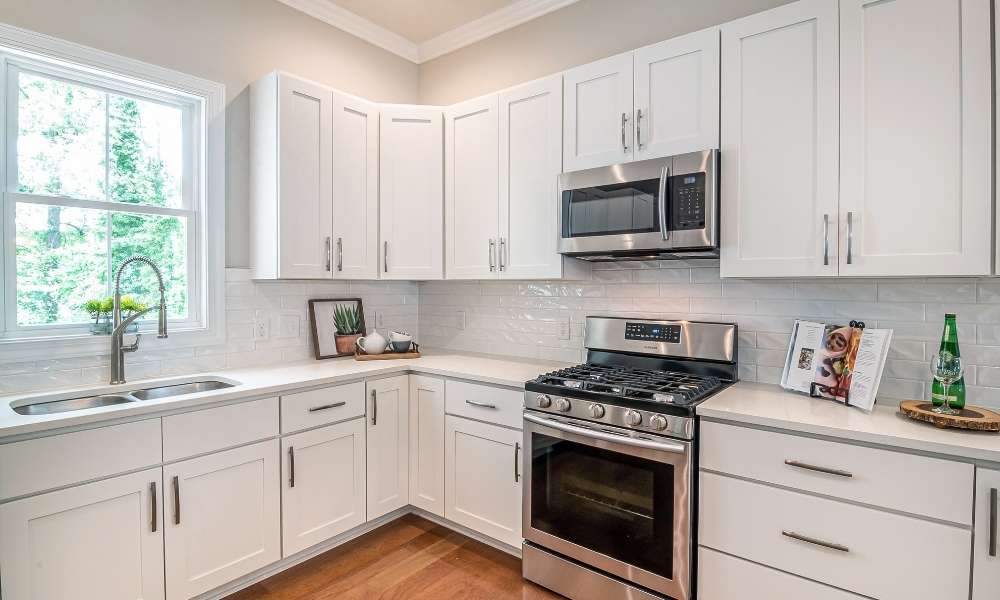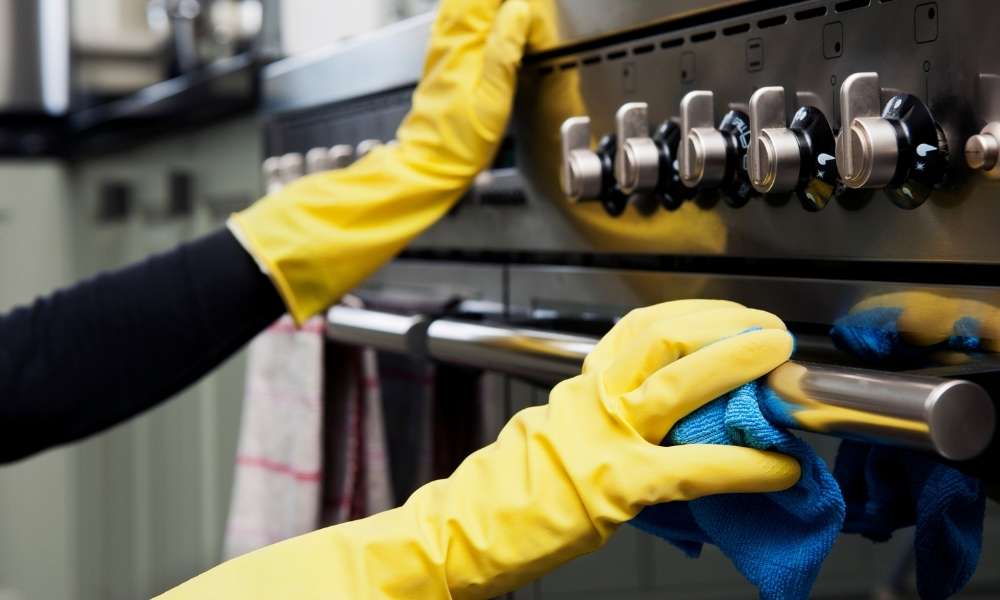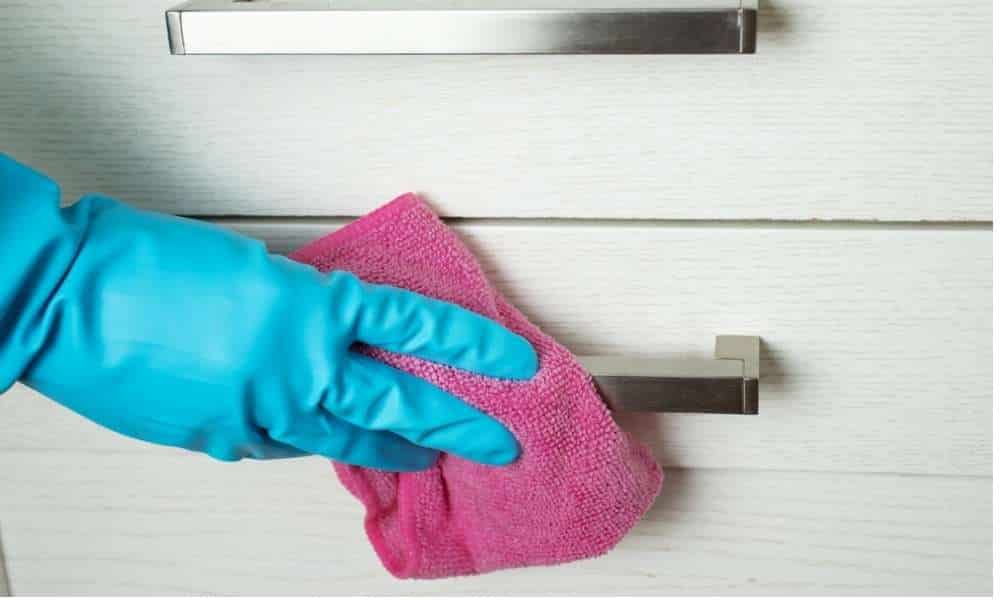A few years ago, I decided to add bamboo furniture to my garden. I loved its natural beauty and how it blended with the surroundings. But after some time, the bamboo started to fade and crack. I soon learned that bamboo needs sealing to protect it from outdoor elements. Now Learn how to seal bamboo for outdoor use with our easy guide.
Bamboo is strong and eco-friendly, but it can easily absorb moisture. This moisture can lead to rot and damage. Without sealing, bamboo won’t stand up to rain or humidity. Proper sealing keeps it safe and looking good.
Sealing bamboo is simple, but it’s important. A good sealer protects against moisture, UV rays, and pests. This helps extend the life of your bamboo and keeps it beautiful.+
Understanding Bamboo and Its Vulnerabilities
Bamboo is strong, lightweight, and eco-friendly. I remember using it for garden furniture, thinking it would last forever. But over time, I noticed the bamboo started to crack and fade. That’s when I realized bamboo needs sealing to stay strong outdoors.
Bamboo is naturally porous, which means it absorbs moisture easily. This makes it vulnerable to rain, humidity, and even pests. Without sealing, bamboo can rot, crack, or get moldy. Sealing bamboo for outdoor use is the key to protecting it.
By sealing bamboo, you create a shield that prevents moisture from getting in. This helps keep it strong and looking good for longer. Sealing also protects bamboo from UV rays and pests, ensuring it can handle the outdoors.
Choosing the Right Sealer for Bamboo
Choosing the right sealer for bamboo is key to its longevity. A good sealer protects bamboo from moisture, UV rays, and pests. It acts like a shield, keeping bamboo strong and beautiful outdoors.
There are three main types of sealers:
- Oil-based sealers: These give bamboo a natural look. They penetrate deeply and offer long-lasting protection. They’re great for large outdoor projects like furniture.
- Water-based sealers: These are quick-drying and easy to clean. They are eco-friendly and work well for smaller bamboo items. Water-based sealers provide a lighter finish.
- Spray sealers: These are best for small projects or touch-ups. Spray sealers are easy to apply and provide an even coat.
Step 1: Clean the Bamboo Thoroughly
Cleaning bamboo is a crucial first step. It removes dirt, oils, and mildew that can prevent the sealer from sticking. Use mild soap and water with a soft cloth. For tough spots, scrub gently with a brush. Let the bamboo dry completely before moving on.
Step 2: Sand the Surface for Better Sealing
Sanding smooths the bamboo and opens its pores. This helps the sealer sink in better. Use medium-grit sandpaper (120-150 grit). Sand gently to avoid damaging the bamboo surface.
Step 3: Apply the First Coat of Sealer
Apply the first coat of sealer with a brush, roller, or spray. Make sure to cover all areas evenly. Let it dry according to the manufacturer’s instructions. This ensures proper adhesion for the next coat.
Step 4: Apply Additional Coats for Maximum Protection
Apply two to three coats of sealer for better protection. Allow each coat to dry fully before applying the next one. This creates a thicker layer of protection for the bamboo.
Step 5: Final Touches and Curing
After applying the final coat, let the bamboo cure for 24 to 48 hours. This ensures the sealer hardens properly. Regular maintenance will keep the bamboo protected and looking great.
Expert Tips for Achieving the Perfect Rice Texture
Sealing bamboo helps protect it and keeps its texture smooth. First, clean and sand the bamboo. Sanding removes rough spots and helps the sealer soak in. Always sand along the bamboo grain for the best finish.
The right sealer brings out the natural grain. Oil-based sealers enhance the bamboo’s color and depth. Water-based sealers also show the grain, giving a lighter finish. Apply several coats for an even and polished look.
When to Seal Bamboo and How Often to Reapply
The best time to seal bamboo is before it is exposed to the outdoors or as soon as possible after installation. This ensures that it is protected from the start. Sealing right away helps prevent early damage from moisture or pests.
How often you need to reapply depends on your climate. In rainy climates, reseal bamboo every year to keep it protected. In dry climates, you may only need to reapply every 2-3 years. Always check for signs of wear.
Look for fading, cracking, or water absorption as signs that it’s time to reseal. These are clear indicators that the bamboo’s protective layer is wearing off. Reapplying the sealer keeps your bamboo looking fresh and lasting longer.
The Best Bamboo Projects for Sealing
Sealing bamboo is key for many outdoor projects.
- Bamboo Garden Furniture: Furniture exposed to rain and sun needs protection. Sealing helps it stay strong and look great for years.
- Bamboo Fences: Bamboo fences face weather changes. Sealing keeps them sturdy and prevents fading or cracking.
- Bamboo Decking: Decks take a lot of wear. Sealing protects bamboo from moisture and keeps it from rotting or cracking.
- Bamboo Poles or Structures: Bamboo used for outdoor kitchens or pergolas is exposed to many elements. Sealing helps it stay solid and beautiful over time.
Conclusion
Sealing bamboo is essential for its protection. It shields bamboo from moisture, UV rays, and pests. Proper sealing helps extend its life, preventing damage like cracking or fading.
Cleaning, sanding, and applying the right sealer are all simple steps that ensure bamboo stays strong. These steps keep your bamboo looking fresh and durable for years.
Why should I seal bamboo?
Sealing bamboo protects it from moisture, UV rays, and pests. This keeps it strong and prevents damage like cracking or fading.
How do I clean bamboo before sealing?
Use mild soap and water with a soft cloth. For tough spots, scrub gently with a brush. Let the bamboo dry completely before sealing.
What type of sealer is best for bamboo?
Oil-based sealers are great for a natural finish, while water-based sealers are eco-friendly and dry faster. Choose the one that fits your project.
How often do I need to reseal bamboo?
Reseal bamboo every year in rainy climates or every 2-3 years in dry climates. Look for signs like fading or cracking to know when it’s time.
Can I use bamboo outdoors without sealing?
Bamboo can easily get damaged by moisture and pests if not sealed. Sealing is the best way to protect bamboo for outdoor use.





